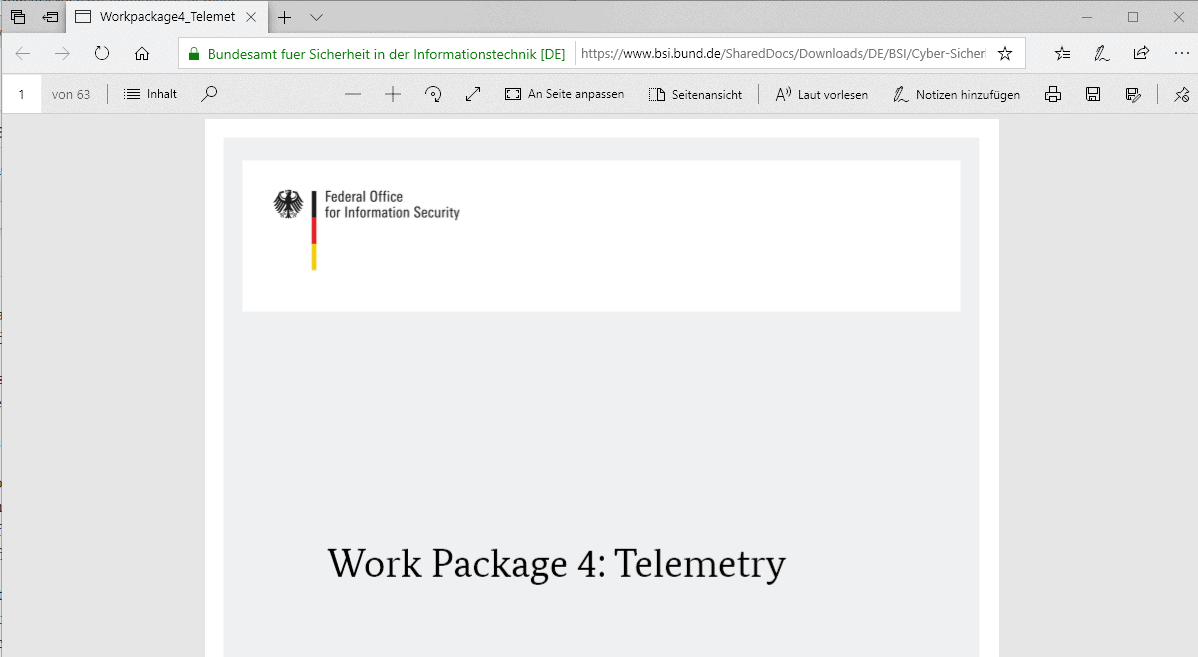Your "gadget hacks" link is from mid 2015. A lot has changed since then.
I read the "how to geek" article, seemed quite normal and measured. I don't see a big deal at all.
Look, I've been bitten before by upgrades, as I'm sure many people here have. Devices without updated drivers get borked. Windows 8 was a dreadful experience, one that MS wants to make sure everyone forgets. Windows 10 had its own issues, but it was already much improved over 8, and many of the usability improvements people clamored for over MS's heavy handedness have been satisfactorily addressed.
How do you deal with smartphone OS upgrades? I've run pure Android on my smartphone for many years (no Samsung/LG etc overlay). I was a big fan of the dialer in Android 6 and 7, something I use all the time. Did not care for the changes in Android 8's version of that interface (8 must be an unlucky number, LOL). Other than that, overall it was still an improvement. Things that change are going to hit and miss, and as long as there's more hit than miss over the long haul and bigger picture, these misses generally work themselves out.
You're experiencing fear based on your inexperience and the handwringing of a loud vocal minority who may indeed have legitimate gripes, but a number of them just might also be overblowing things just for the sake of it or due to their lack of knowledge. I have some advice on how to take control of that fear.
Get a blank flash drive, 8 GB or larger. Google "windows 10 download" and go to the legitimate Microsoft link. You'll need to click through a few steps to create a bootable USB flash drive. Follow the instructions on creating a bootable USB flash drive for installing Windows 10 (if you don't see that, simply download the ISO file instead to your hard drive and use a free software program called Rufus to create one, there are plenty of simple guides online that show you how to do that and it literally only take a handful of clicks). You can also burn an installation DVD if you'd prefer instead, but the flash drive works much better, especially if your computer's BIOS supports booting from the one (most do nowadays, but the DVD option is available to you if it doesn't).
Rather than go through the hassle of backing up your Win 7 system as you should always do before an OS upgrade, pull your system drive out of your machine and put it in a safe place. You'll need this for later if you have buyers remorse and want to easily go back. Go grab a cheap internal SSD for that old computer, they can be had for under $50 nowadays (I've seen $35 ones) for as much as 256 GB. Put in the blank SSD in place of your system drive, plug in the flash drive, and follow the instructions to install Windows 10. When it asks for a key, click the "I don't have it right now/skip this step/do it later" option. You won't have an activated copy of Windows until you provide a key, but it's fine for now. None of that will stop it from working, other than the occasional nag (and watermark) asking for activation.
Run it this way for a few weeks, a month or two, whatever. Give yourself time to get used to the way it works and feels. See what bugs your old computer experiences. You may need to download Windows 10 drivers for some of your hardware, but there's a high probability that everything will work just fine from the get go once Windows has had some time to see and download what it needs for your particular machine. Let it download, and promptly install all the updates it needs to optimize your computer.
This method you can test drive it without any of the risks of losing your old installation if your worst fears are confirmed (you can always put your old system drive back in and go where you left off), and it costs you very little (and certainly not an expensive windows license, you can always repurpose that ssd for something else, perhaps an external ssd storage device or second drive). But my guess is that you'll like it just fine and find all the fear overblown. At that point you can decide to buy a buy a new license, or maybe even look at a PC hardware upgrade if you think it is time for one (weighed against the cost of just a Windows 10 license, which is about $110 for one specific PC only [OEM], or $130 for a "retail" copy that can be installed on another computer if for some reason your computer dies).
Ignorance of something often breeds fear. Take control of what you don't know, risking nothing in the process, and find out for yourself. Don't let internet fear mongering, of which there is no shortage, rule you.

